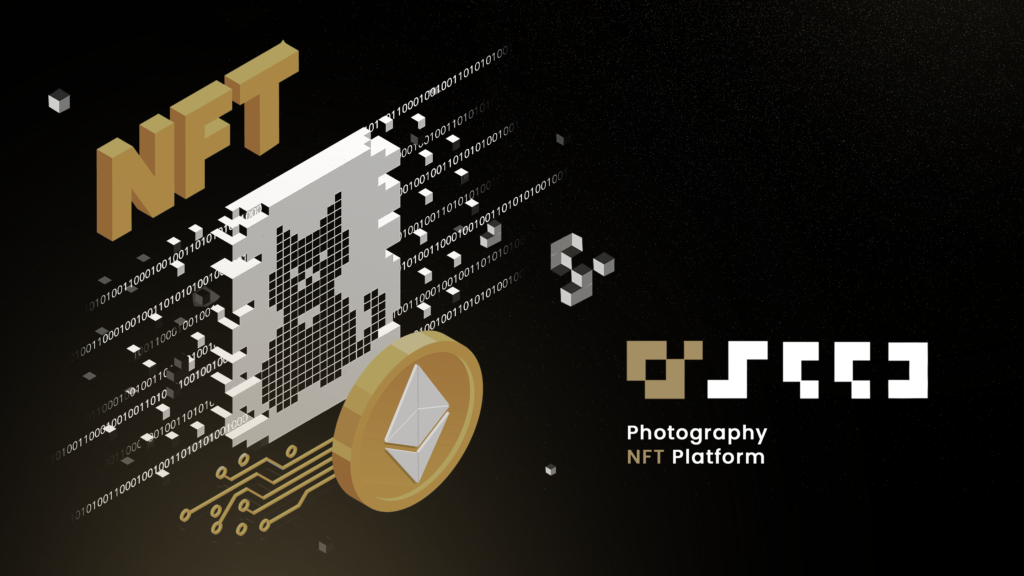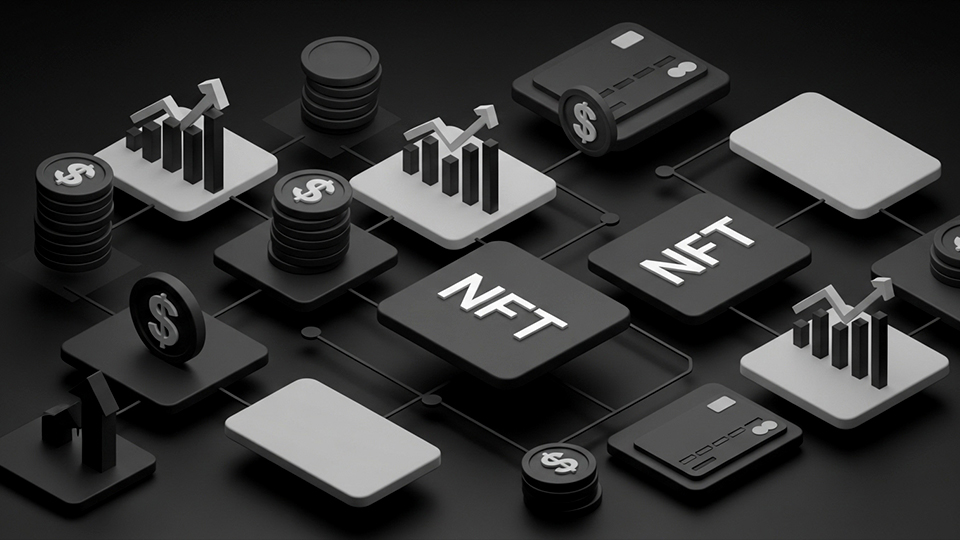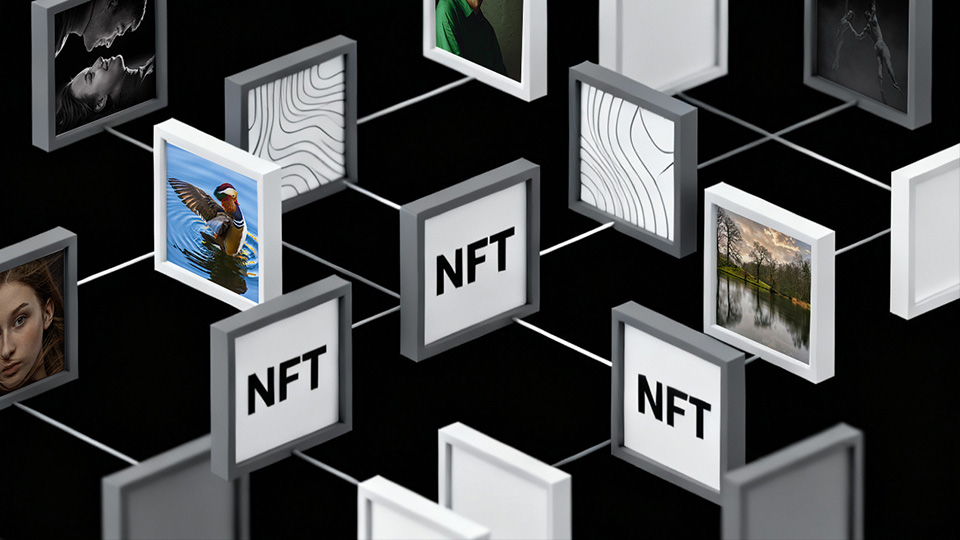Technologies Transforming the NFT Photography Marketplace
In the rapidly evolving domain of NFT photography, technological strides are reshaping the marketplace, enhancing both functionality and accessibility for creators and collectors.
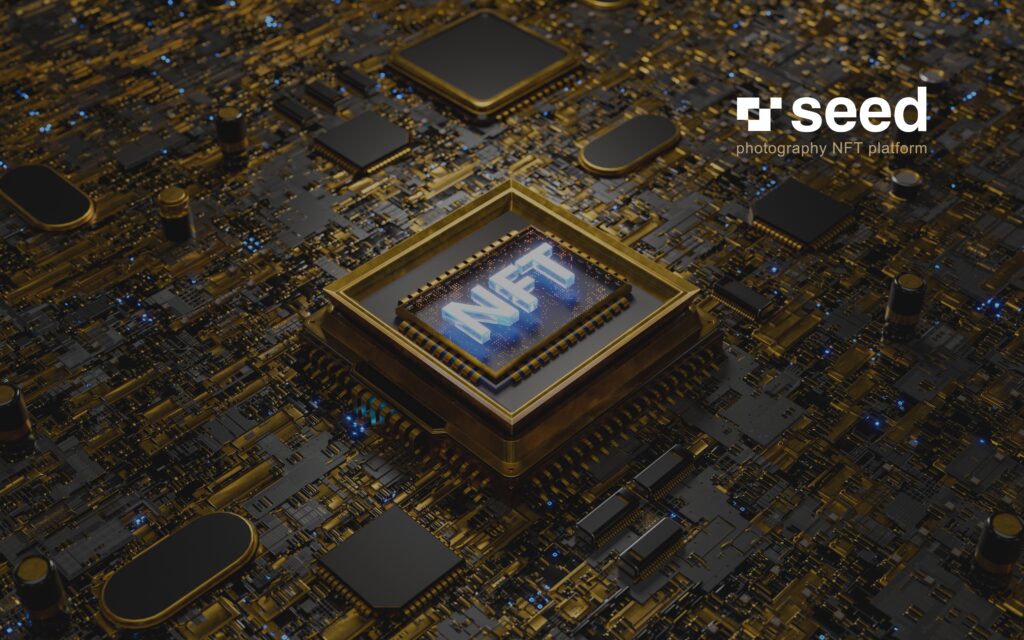
Blockchain and Smart Contracts
At the heart of NFT photography, blockchain technology ensures secure transactions and transparent ownership. Smart contracts automate royalty payments, eliminating intermediaries and establishing trust and authenticity. This decentralized approach is fundamental to the fair and efficient operation of the NFT photography marketplace.
IPFS and Decentralized Storage
The adoption of the InterPlanetary File System (IPFS) has been instrumental in decentralized storage for NFTs. By distributing file storage across a network of nodes, IPFS ensures redundancy and accessibility. Platforms leveraging IPFS enhance the longevity and availability of digital assets, contributing to a resilient ecosystem.
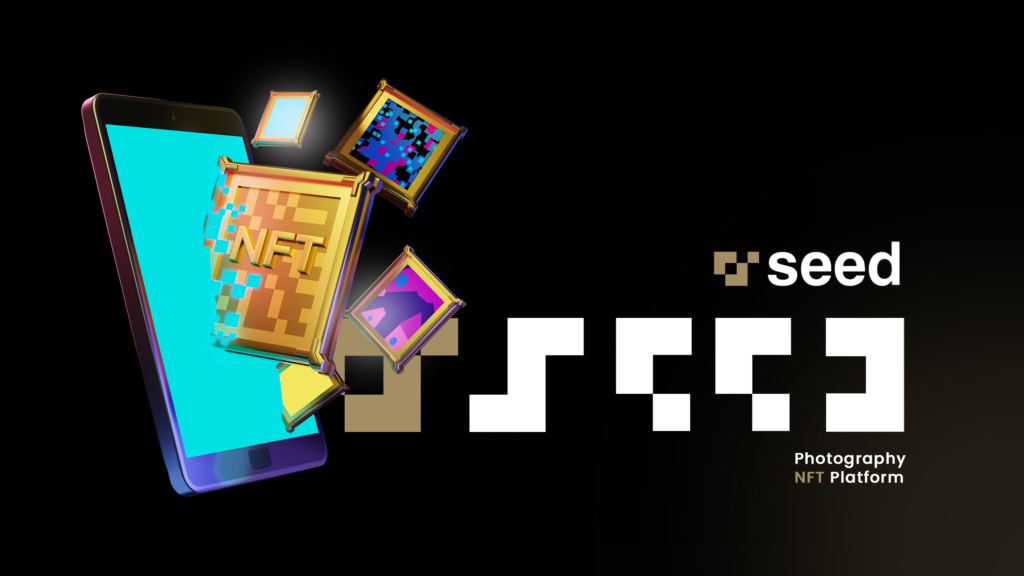
Advanced Curation Techniques
Alongside experienced curators, technological advancements in curation techniques, driven by algorithms, assist in categorizing and tagging NFT images. This improves searchability and user experience, ensuring a more seamless exploration of the diverse NFT photography landscape.
Streamlined User Experience
Innovations focused on enhancing user experience are integral to the evolution of NFT photography platforms. Streamlined interfaces and intuitive design make it easier for creators and collectors to navigate and engage with the marketplace, cultivating a more user-friendly environment.
As we witness these advancements, it’s evident that the NFT photography marketplace continues to evolve into a sophisticated ecosystem. Blockchain ensures trust, IPFS enhances storage resilience, and advanced curation techniques refine the exploration process. Together, these technologies usher in a new era, offering unparalleled opportunities for expression and exploration in the field of NFT photography.

